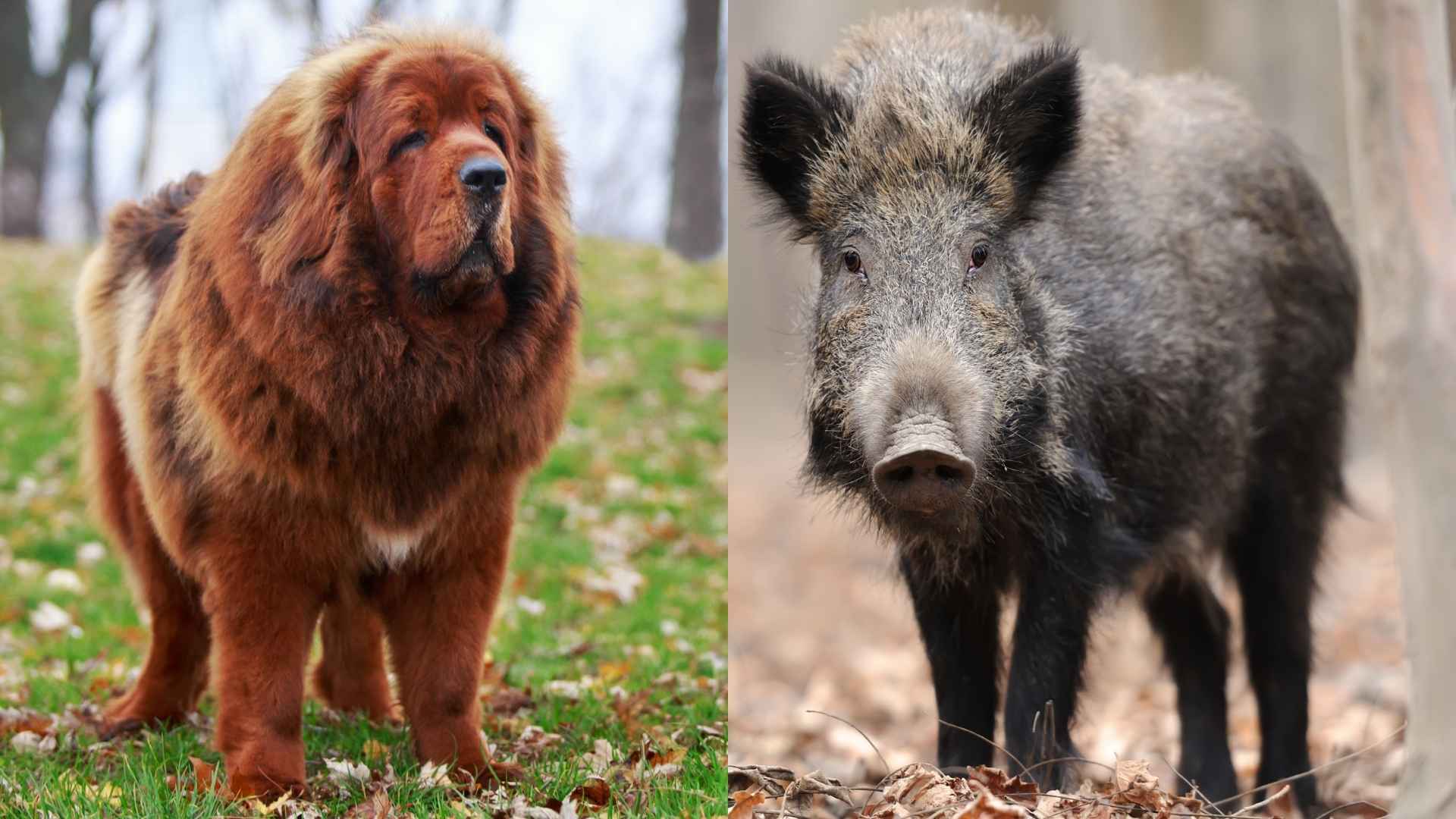Ever wondered which breeds aren’t intimidated by wild boars? Some dogs are bred to stand their ground—and even hold their own. According to a Czech study of 797 driven hunts across five seasons, hunting dogs sustained 150 injuries from wild boars: 73.8 % were mild, but 18.8 % were severe and 7.4 % were fatal.
These hardy breeds aren’t timid. They’re often used in boar hunting for generations, built to track, bay, and—if needed—bring the boar to heel. They combine muscle, intelligence, and agility into a serious working dog.
What this really means is: some dogs have the genetics, temperament, and physical tools to confront wild boar without fear. They aren’t reckless—they’re trained for it. And they’ve proven it, often at real risk.
Courageous Dog Breeds that Face Wild Boars without Fear
Here are the bravest breeds:
1. Kuvasz
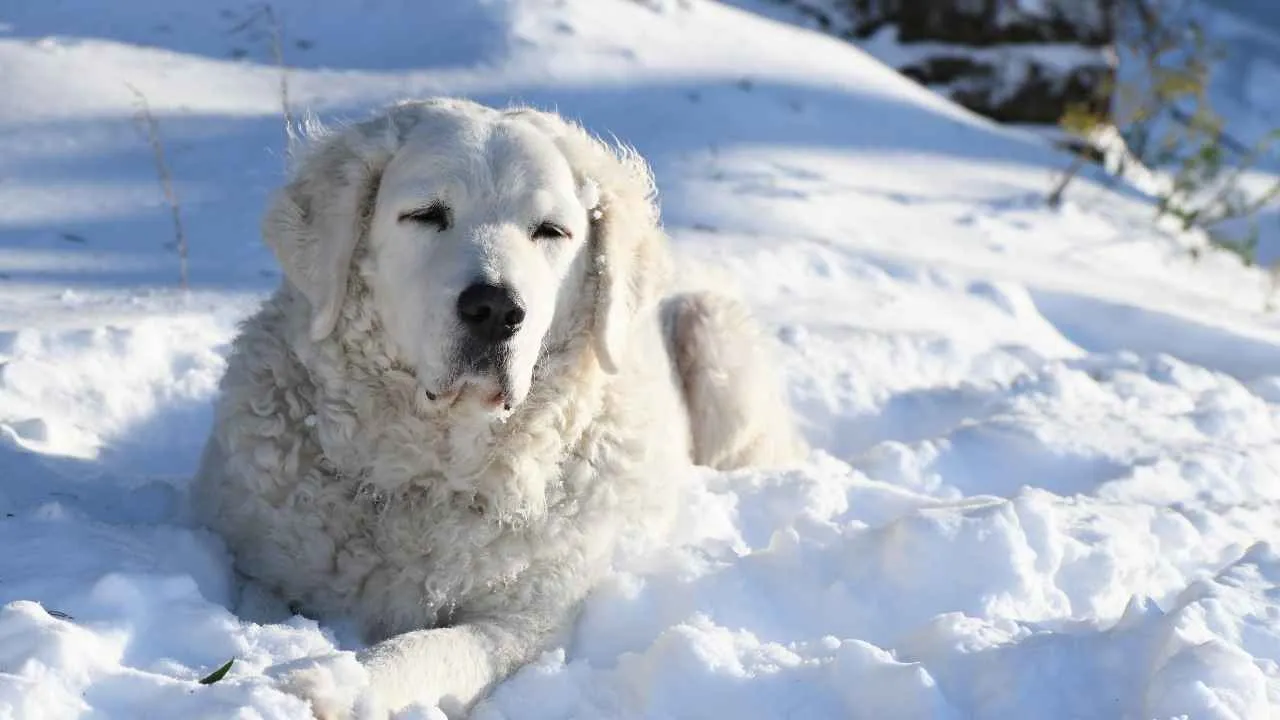
The Kuvasz is a legendary guardian breed from Hungary, built for strength, independence, and grit. The name itself stems from the Turkish “kawasz,” meaning armed guard, and that’s exactly what this dog is: alert, loyal, and intensely territorial.
Even with a royal past—King Matthias Corvinus of Hungary kept a whole pack as personal protectors—this breed’s true nature shines in the field, not the palace. They’re not your average dog. They think for themselves, act fast, and aren’t here to make friends with strangers.
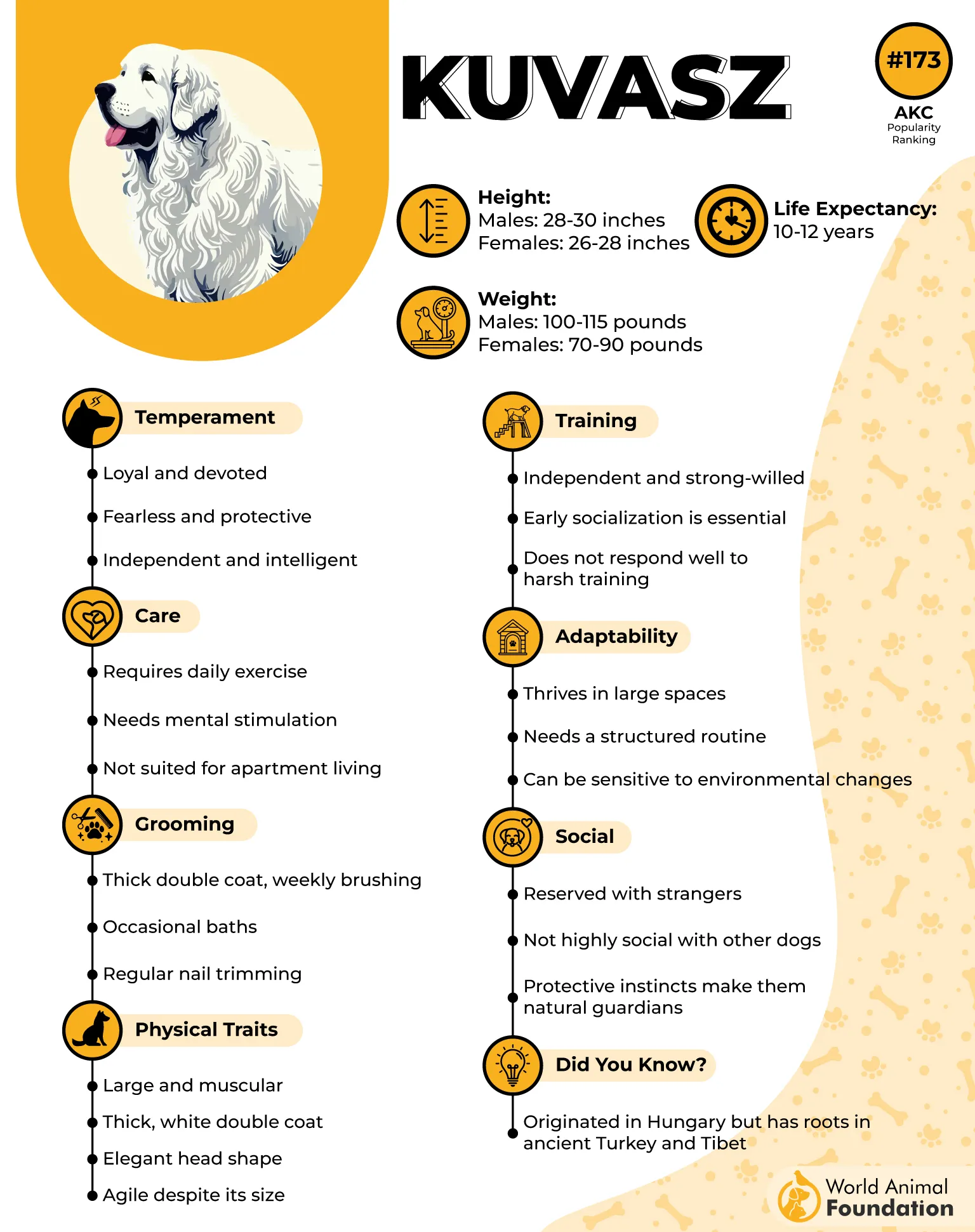
Physical Power & Hunting Instincts
Thick, weather-resistant white coat offers insulation and camouflage against predators like wild pigs.
Strong jaws and broad chests give them the strength to protect others from dangerous animals like boars.
Can operate solo or in a pack, making them flexible in guarding large open ground.
According to PetMD, their imposing size deters threats and gives them the confidence to stand between a herd and a charging hog.
Training, Intelligence & Behavior
Highly intelligent but independent—requires experienced handling and structured training.
Needs consistent socialization to curb their natural suspicion toward other dogs and strangers.
Strong-willed personality; not ideal for first-time dog owners.
Unique Traits in the Field
Uses deep, booming bark to alert and intimidate—can carry over long distances in the woods.
Known to patrol silently before suddenly engaging when a scent or movement is detected.
Will chase intruders away from the flock, whether it’s a stray piglet or a full-grown boar.
2. Spanish Mastiff

Hailing from the rugged landscapes of Spain, this breed earned its place walking beside shepherds, trailing behind herds of sheep and cattle, and confronting threats like bears head-on. This breed doesn’t need to chase down threats—it scares them off before they get close.
Even today, you’ll see their protective instincts in full swing. Calm and composed, the Spanish Mastiff doesn’t panic or overreact. It watches. It waits. And when necessary, it acts with decisive force.
These are not high-strung pets—they’re working dogs that thrive on having a purpose. While they bond deeply with their owner, they don’t aim to please in the way retrievers do.
Physical Power & Hunting Instincts
Towering size makes them a visual deterrent and a physical advantage to feral hogs.
A thick, weather-resistant coat allows long patrols in rough terrain, through mountainous areas, and open fields.
Their strong legs and endurance made them ideal for going alongside horses during long migrations.
Training, Intelligence & Behavior
Slow to mature—both physically and mentally, which means extended training is essential.
Natural suspicion of strangers requires early socialization to prevent over-protectiveness
Although quiet, they’re deeply connected to their team, watching constantly for signs of trouble.
Unique Traits in the Field
Known for their distinctive drool, quirks of the breed’s massive build, and slower digestion.
Able to sleep in freezing temps without complaint, and wake instantly if anything disturbs the animals nearby.
3. Akbash
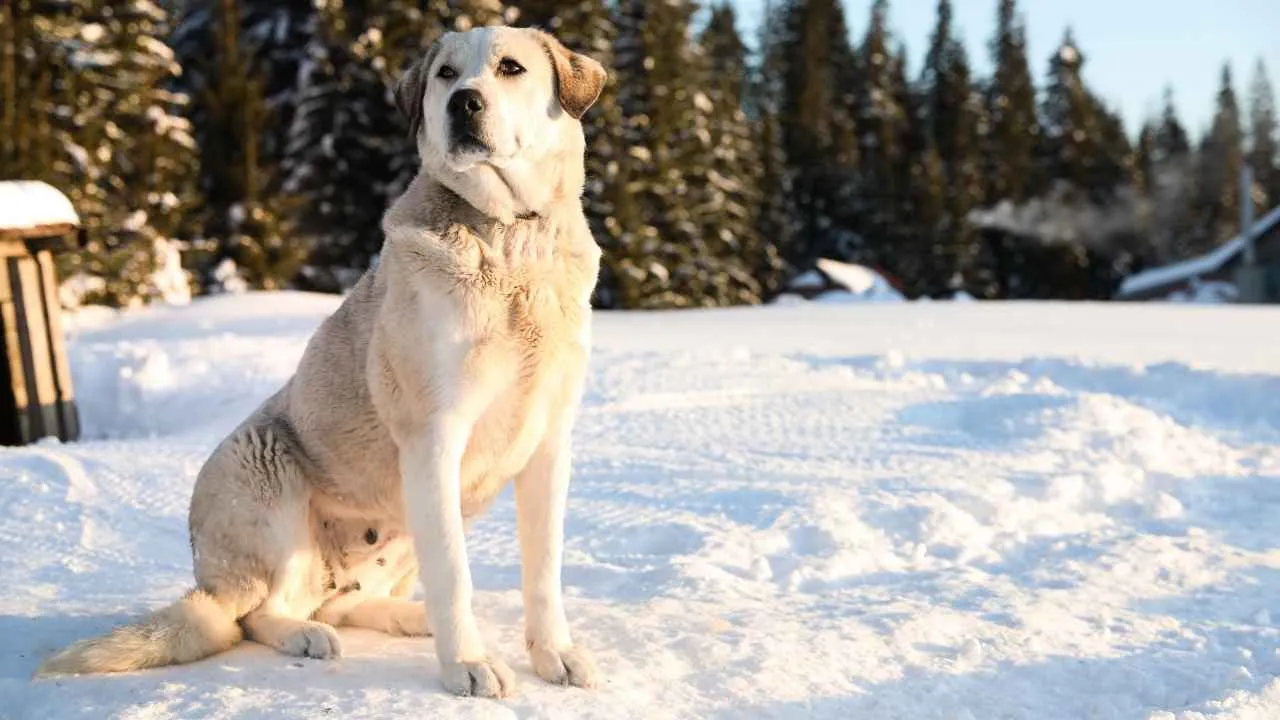
The Akbash is a powerful breed from Turkey, built for long days in open fields and quiet strength. Named for its striking “white head,” this dog was designed to blend in among livestock while watching for trouble.
It’s fast, sharp, and fiercely territorial—able to act quickly when something threatens the animals in its care. Despite their size and muscle, they’re surprisingly agile, able to pivot, chase, and pin down threats in a flash.
Physical Power & Hunting Instincts
Double rear dewclaws provide added grip when they run or jump during confrontation.
Sturdy structure and confident stance help them stay planted during intense encounters.
Training, Intelligence & Behavior
Smart but stubborn—responds best to consistency and boundaries without harsh correction.
Not ideal for inexperienced handlers; they push back if they sense hesitation.
Remains calm in unfamiliar settings, making them adaptable in places like Texas ranches or rural farms.
Unique Traits in the Field
Will silently close in on threats and use their body weight to knock them off balance.
Even when resting, their senses stay active—they’ll spring to action at the slightest change in the wind, sound, or routine.
4. Great Pyrenees
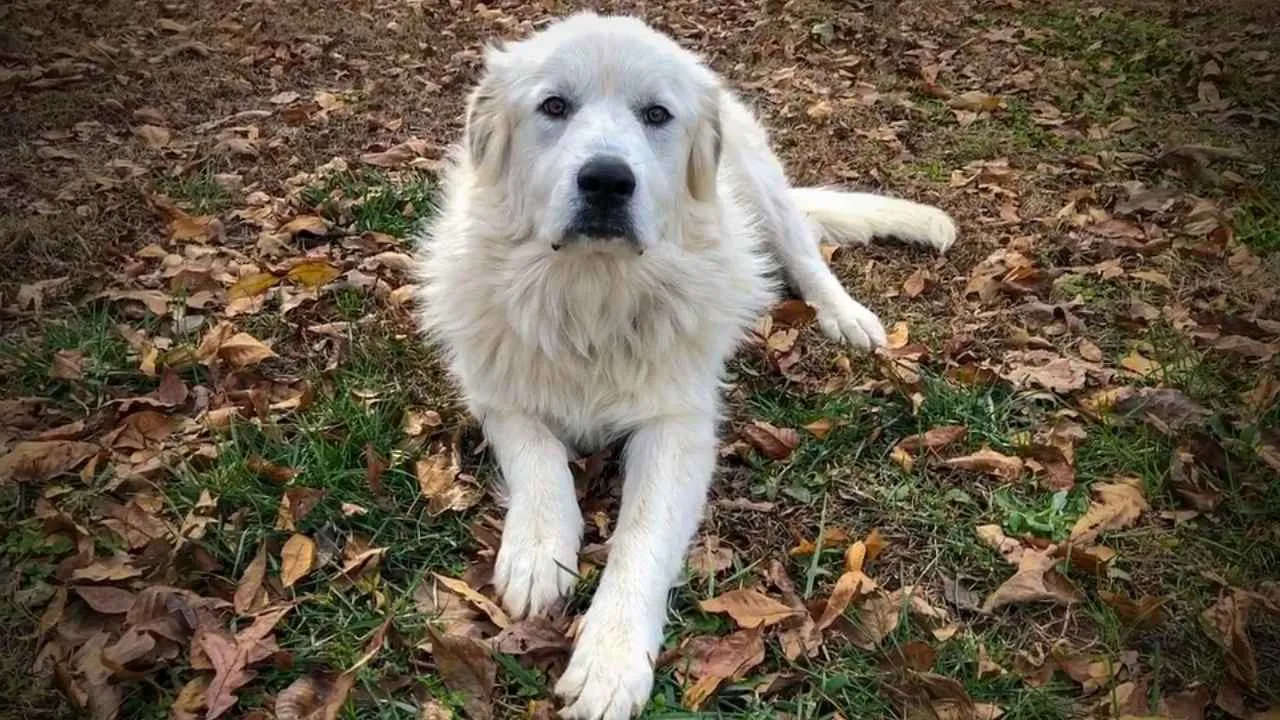
The Great Pyrenees is what many picture when they think “farm dog.” With a snow-white coat and a body that rivals small horses in size. Originally bred in the Pyrenees Mountains, they were prized by shepherds and even Roman soldiers for their calm strength and striking presence.
Off-duty, they’re affectionate and laid-back; on duty, they’re all business—silent, still, and always watching.
The stare. It’s direct, unshaken, and usually enough to make any animal or person back off. Their instincts come alive at night, making them particularly effective in dark, open spaces where surprise matters most.
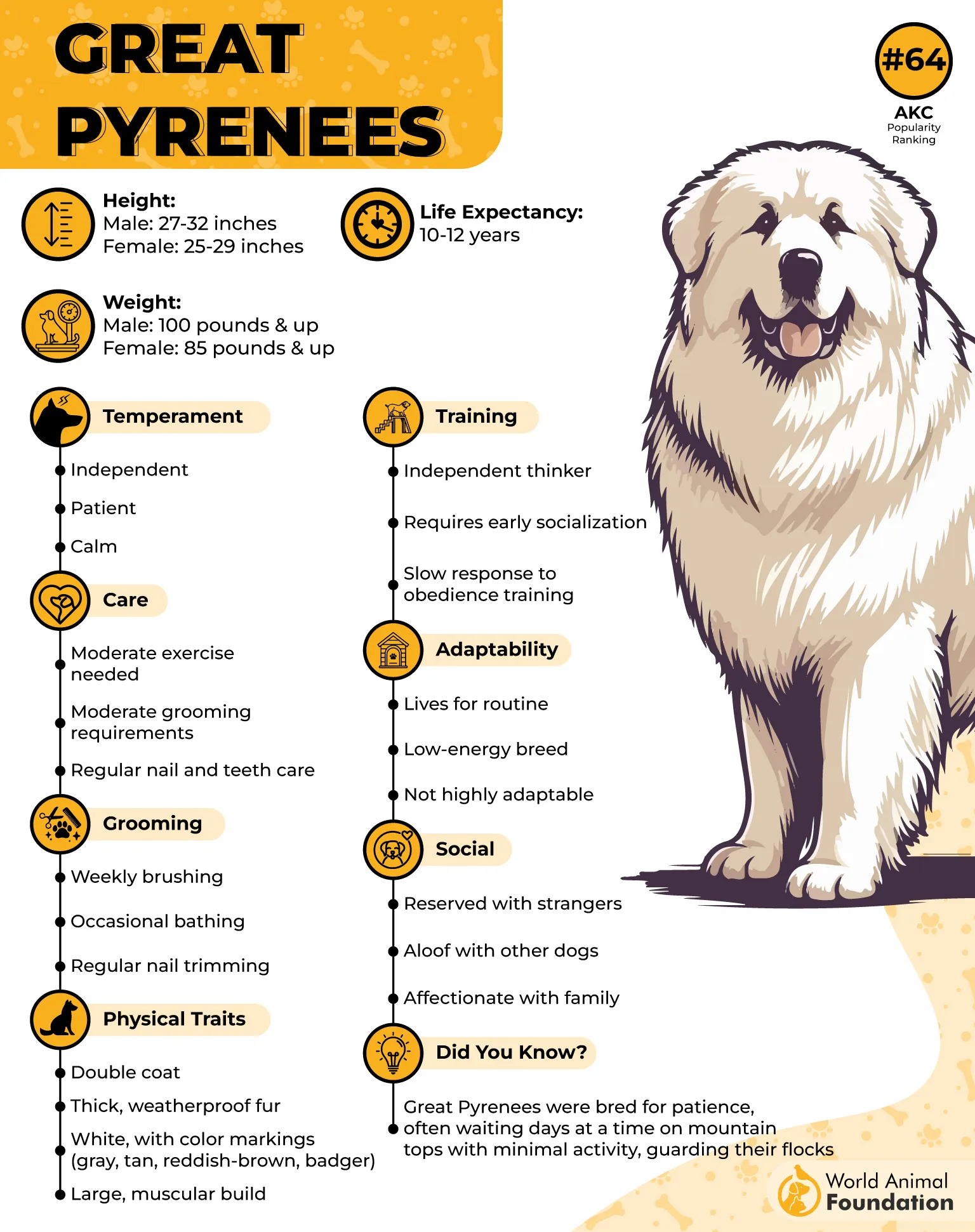
Physical Power & Hunting Instincts
According to WebMD, their extra-thick coat provides insulation during long, cold nights and protection from biting threats.
Distinct double dewclaws improve traction when navigating steep or slippery ground.
Can cover wide distances at a slow, steady pace—ideal for large rural properties.
Training, Intelligence & Behavior
Very intelligent, but slow to respond to commands—they prefer to assess before acting.
Not food-driven; they make decisions based on instinct, not obedience.
Unique Traits in the Field
Loud, low-frequency bark travels far and cut through wind or distance with ease.
Self-cleaning fur resists debris and mud, making grooming easier than expected.
Their quiet movements and sharp hearing let them detect issues before they escalate.
5. Bernese Mountain Dog
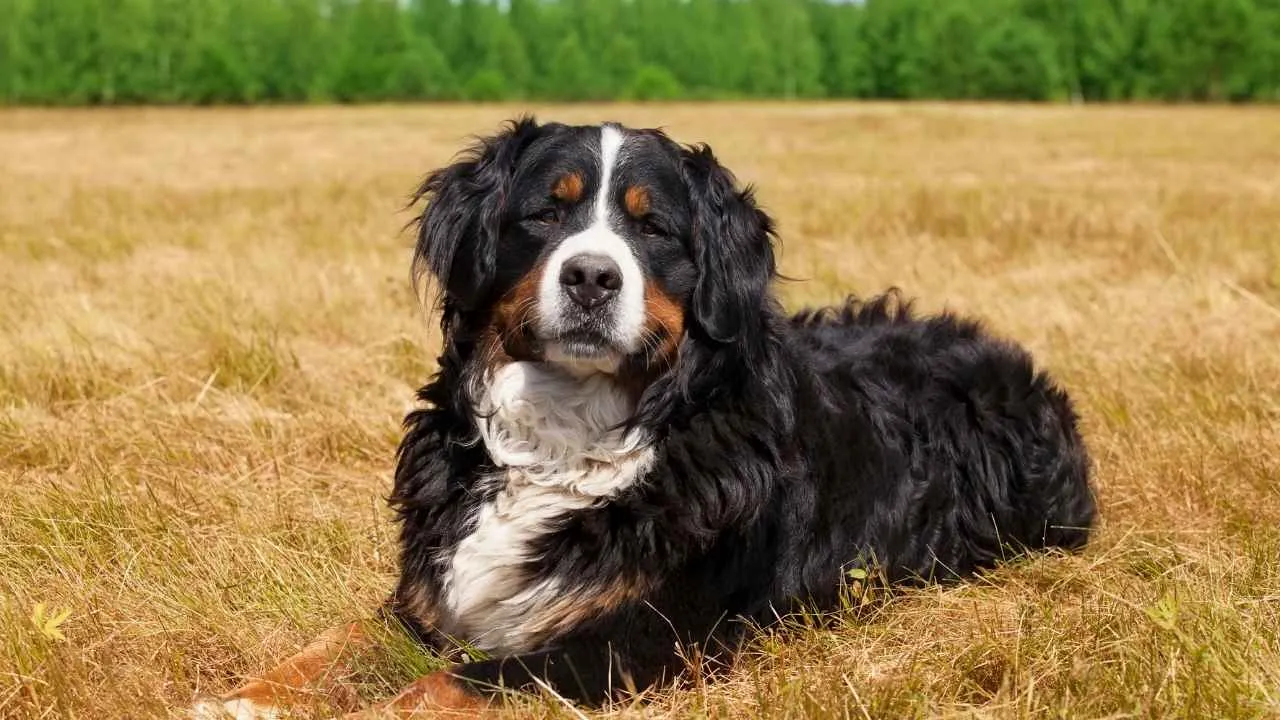
The Bernese Mountain Dog brings both strength and sweetness to any working setup. Originally developed in the Alps, this breed was trusted to pull loaded carts, assist with heavy farm duties, and support animals and farmers across rough terrain.
At home, Bernese are mellow and people-oriented. They form quick bonds with families, and their cheerful expressions and “four-eyed” rust markings make them instantly likable. While their life expectancy is shorter than average, they pack energy, purpose, and affection into every year.
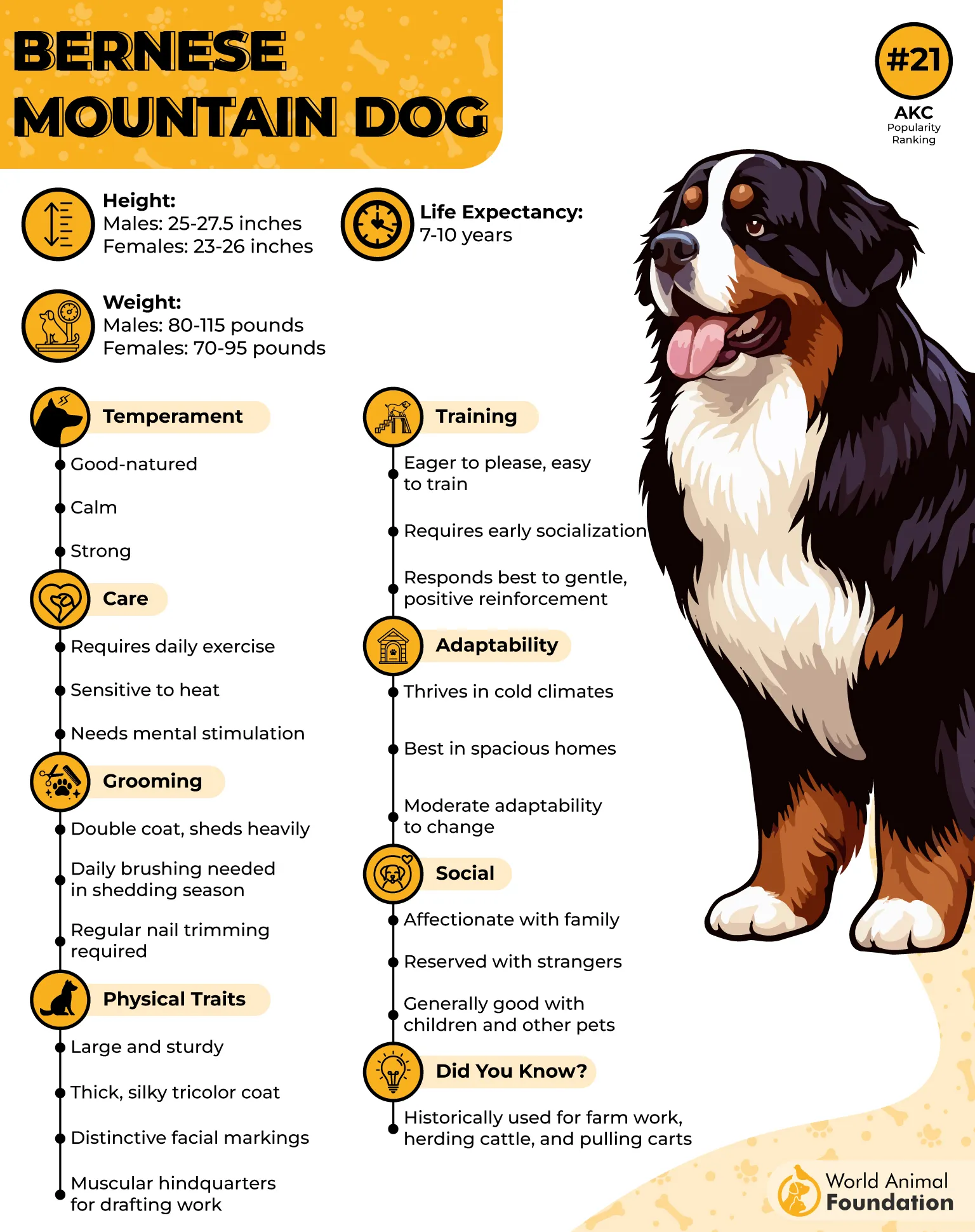
Physical Power & Hunting Instincts
Capable of pulling carts up to 10x their body weight—built for labor, not just looks.
Thick tricolor coat offers seasonal protection and helps regulate temperature in colder zones.
Strong shoulders and a wide head give them natural leverage against aggressive intruders.
Training, Intelligence & Behavior
Easy to direct and eager to please, especially when working alongside people.
Not reactive—relies on presence and body language more than aggression or noise.
Works well with a mix of dogs and other animals, showing high adaptability.
Unique Traits in the Field
Unique “vieräugler” markings above the eyes help distinguish the breed and provide a focused look.
Naturally oily coat resists moisture and grime, making them better suited for outdoor life.
Known to eat large quantities and require careful diet control to avoid becoming fat.
6. Tibetan Mastiff
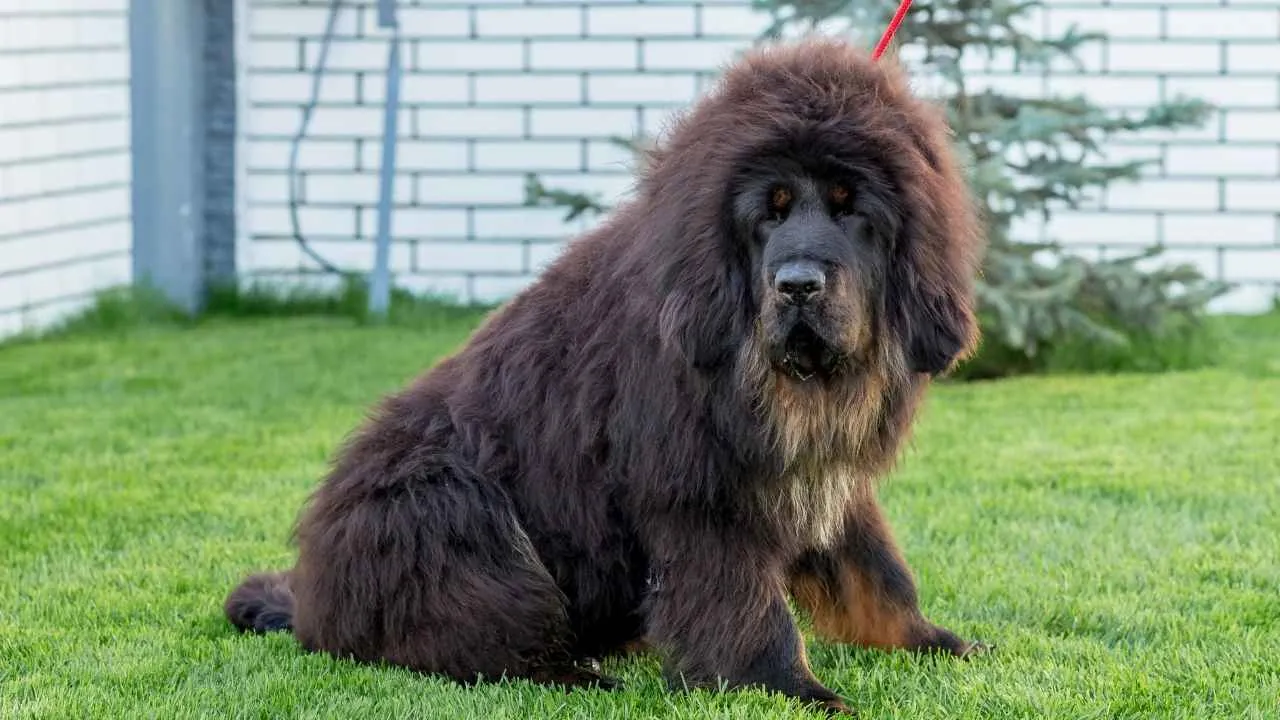
The Tibetan Mastiff is pure muscle wrapped in fur. Known as the “Lion of Dogs,” this ancient breed looks like it walked straight out of legend—massive frame, thick mane, and a presence that demands respect.
Developed in the high elevations of Tibet, these dogs weren’t bred to follow—they were meant to hold their ground. And when night falls, that’s when they’re most alert.
Originally tethered near temple gates or home trees as “Do-Khyi,” they were unleashed only when it mattered—to defend against anything that dared come too close. Leopards, bears, coyotes—it didn’t matter. Tibetan Mastiffs don’t flinch, and they don’t forgive intrusions.
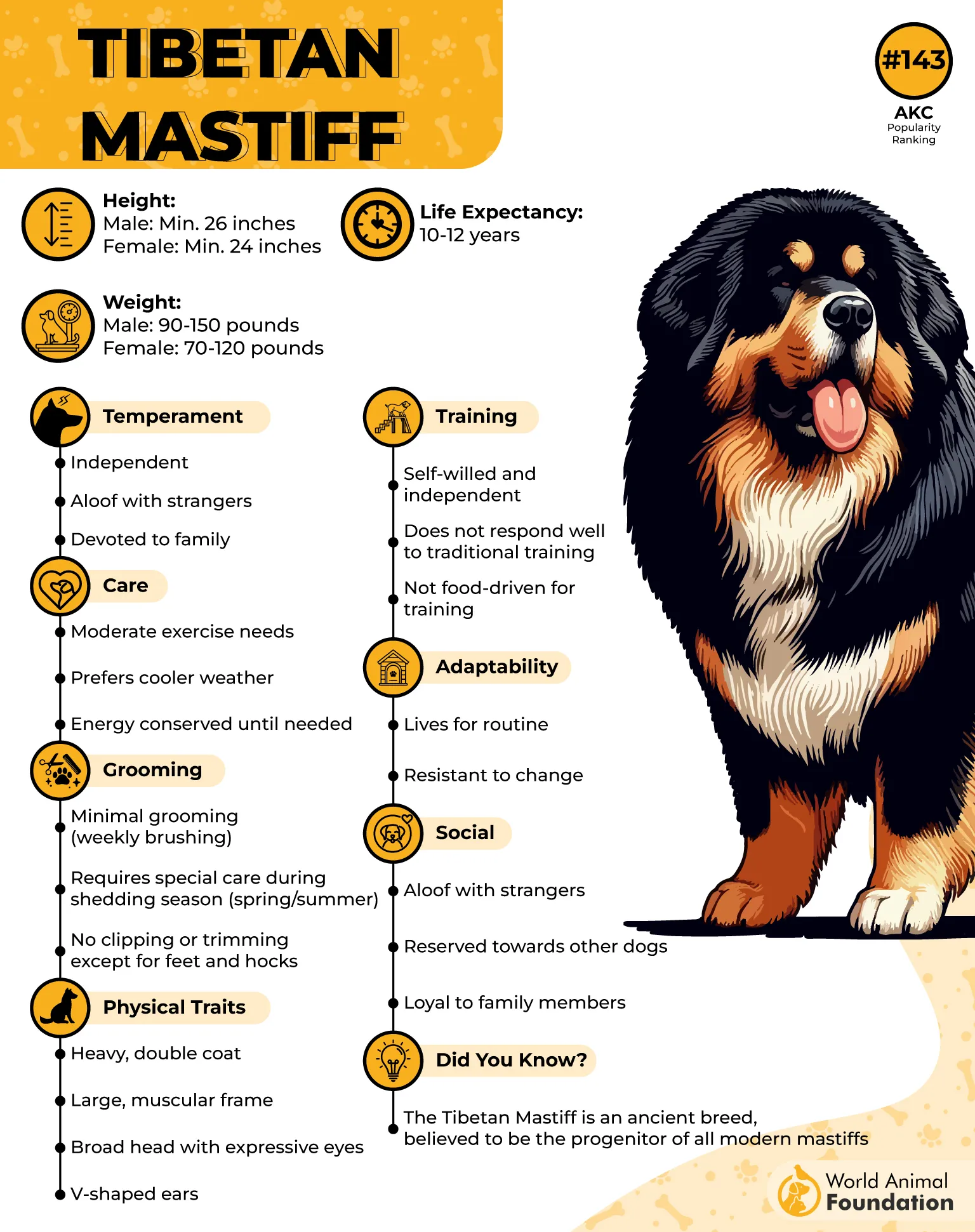
Physical Power & Hunting Instincts
Enough strength to kill or disable even the most dangerous threats.
Lion-like fur around the neck and shoulders offers protection and intimidation.
Once per year, they “blow” their coat in a dramatic seasonal shed, adjusting for warmer months.
Training, Intelligence & Behavior
Best suited for solo living or with dogs of the opposite sex to avoid conflict.
Naturally distant from strangers, but intensely bonded with their trusted guys or handlers.
Unique Traits in the Field
Highly territorial, often patrolling the same area without guidance.
Referred to as the “Heavenly Dog” in Tibet, believed to ward off evil and protect the spirit of the tree or land.
7. Anatolian Shepherd
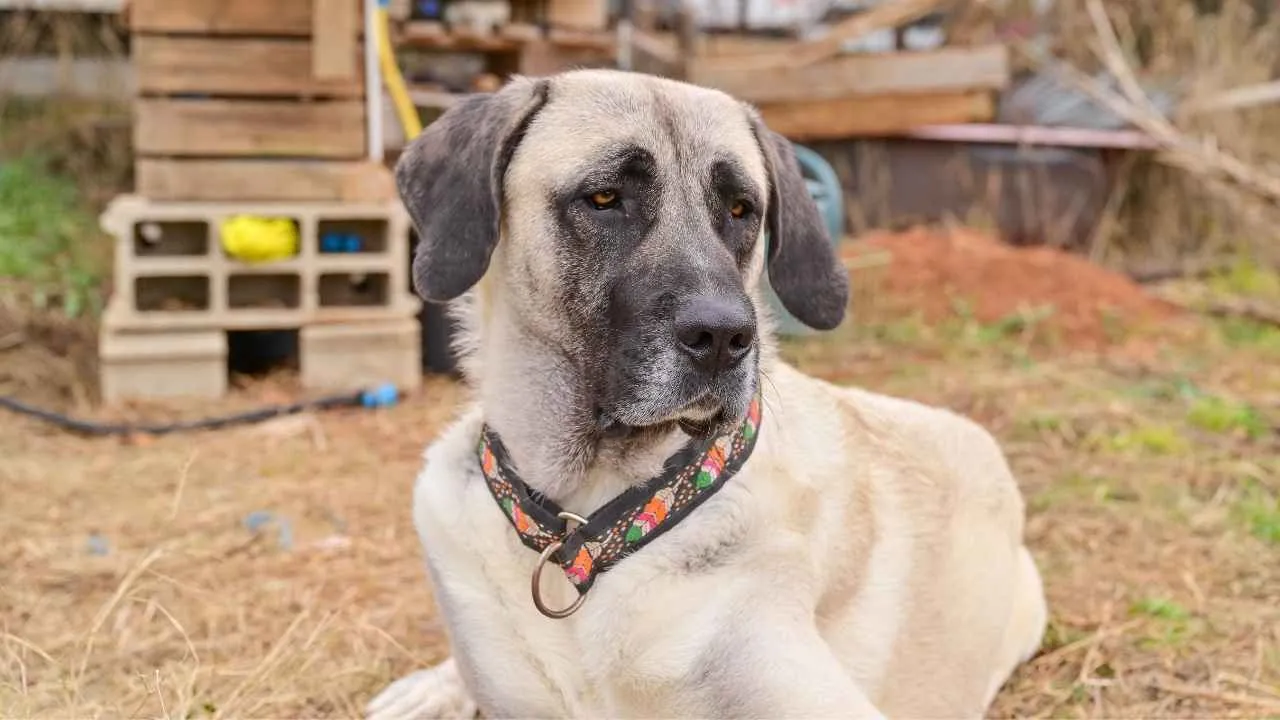
The Anatolian Shepherd, often called the Kangal Shepherd, is one of Turkey’s most iconic working dogs. Towering, composed, and alert, it was bred to protect goats and sheep across harsh, open land. Don’t expect dramatic gestures—this dog watches quietly, reads the environment, and acts when it counts.
Though their size places them among true big dogs, their speed is where they surprise you, hitting nearly 40 mph when there’s something worth catching. They’ve even been used to guard flocks from cheetahs, making them valuable beyond their original borders.
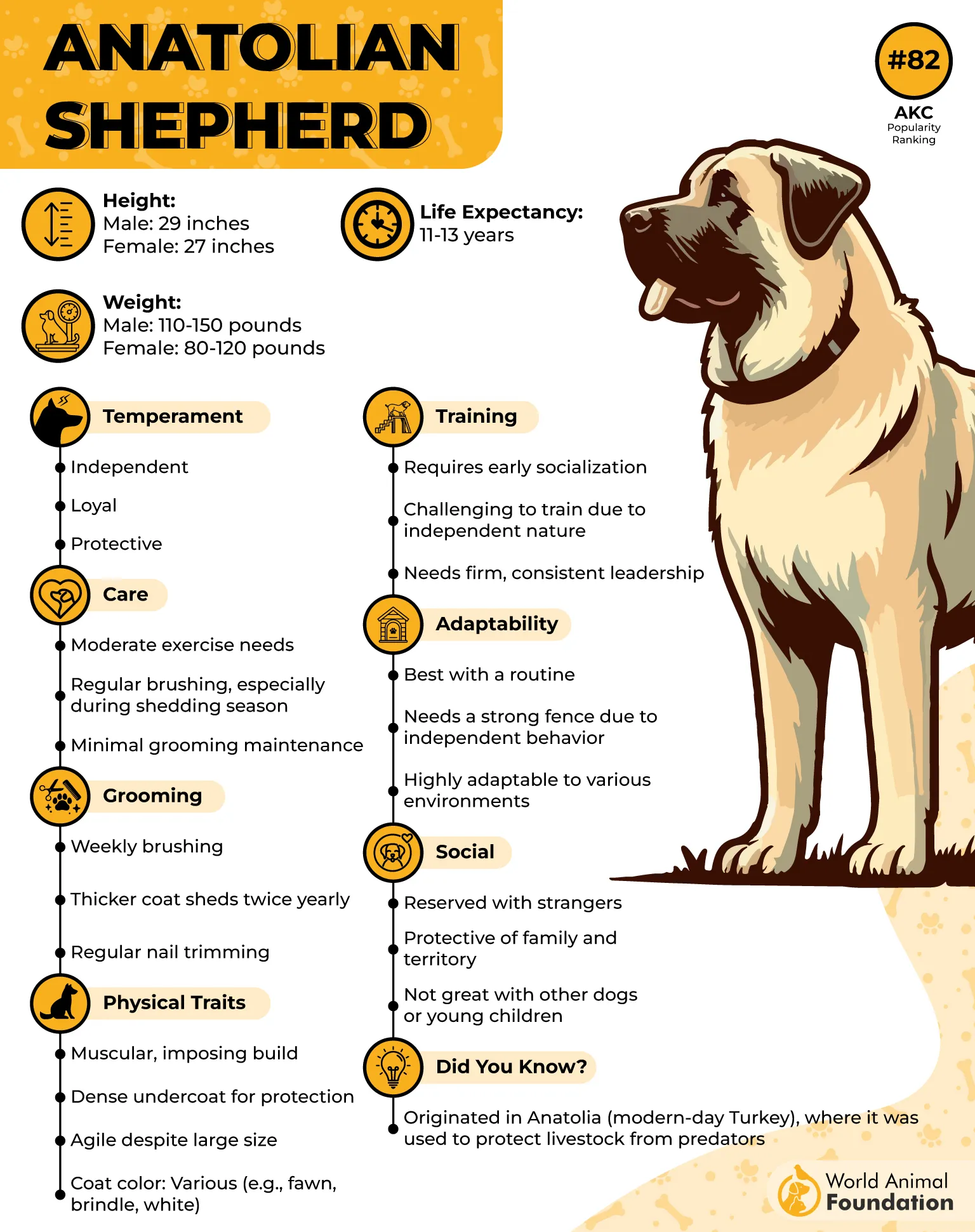
Physical Power & Hunting Instincts
Powerful limbs and lean muscle enable bursts of speed uncommon in most catch dogs.
Known to hunt feral hogs across wide distances without hesitation.
Training, Intelligence & Behavior
Operates best with a clear structure—lacking direction, they’ll assert control naturally.
Pairs best with experienced handlers; not ideal for casual pet owners or first-time hunters.
Can coexist with pit mixes and hounds when properly introduced, but prefers a defined hierarchy.
Unique Traits in the Field
Recognized for quietly scanning terrain, then reacting with explosive precision.
Often referred to as “silent watchdogs” due to their low vocal output unless a real threat is near.
Ancient lineage traces back to early domesticated guardians—used in warfare, ranching, and homesteading.
Not just a deterrent; this breed will catch and fight if the line is crossed, whether it’s a moose, hog, or coyote.
8. Maremma Sheepdog
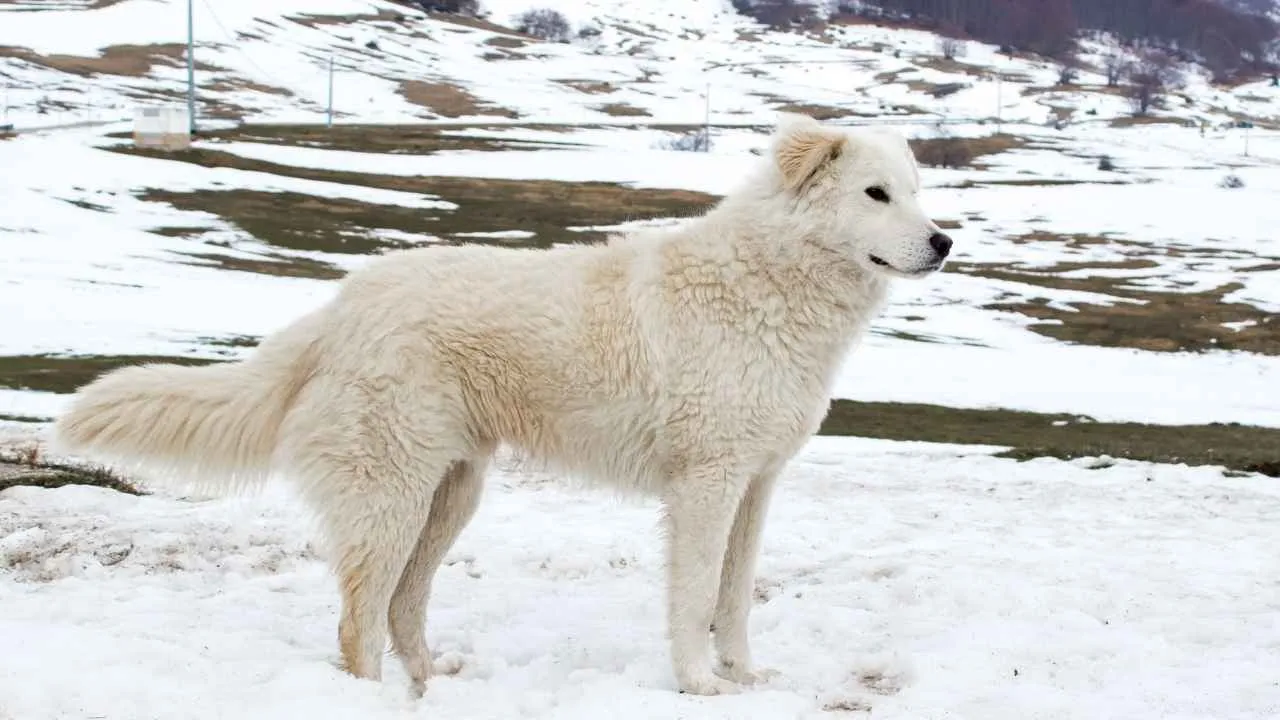
Native to the rugged pastures of central Italy, the Maremma Sheepdog is no-frills, no-fuss, and all business when it comes to protection.
They’re not the kind of dog you train for tricks or keep just for company. This breed’s instincts run deep. If you’re looking for a guardian that can do the job without babysitting, the Maremma is built for exactly that.
Distinctive Traits & Capabilities
Known locally as “wolf-slayers” for their unflinching protection style.
Naturally resistant to grime, their coat stays relatively clean with minimal upkeep.
Protective drive can be intense—think “lion with a leash,” not a petting-zoo pup.
Temperament & Compatibility
Very gentle with children, especially if raised alongside them.
Tends to fight only when provoked—most threats back off long before it gets there.
Living Considerations
Not a dog for small homes or cities—this breed needs space, solitude, and a clear job.
They don’t just watch—they assess, react, and, if necessary, act decisively to kill the threat.
Built for the Long Haul
Their body is tough, from neck to tail—bred for endurance, not flash.
Mentally self-sufficient: doesn’t get anxious when left to “ride solo” on a patrol.
Ideal for ranchers, homesteaders, or anyone with serious land and serious expectations.
9. Komondor
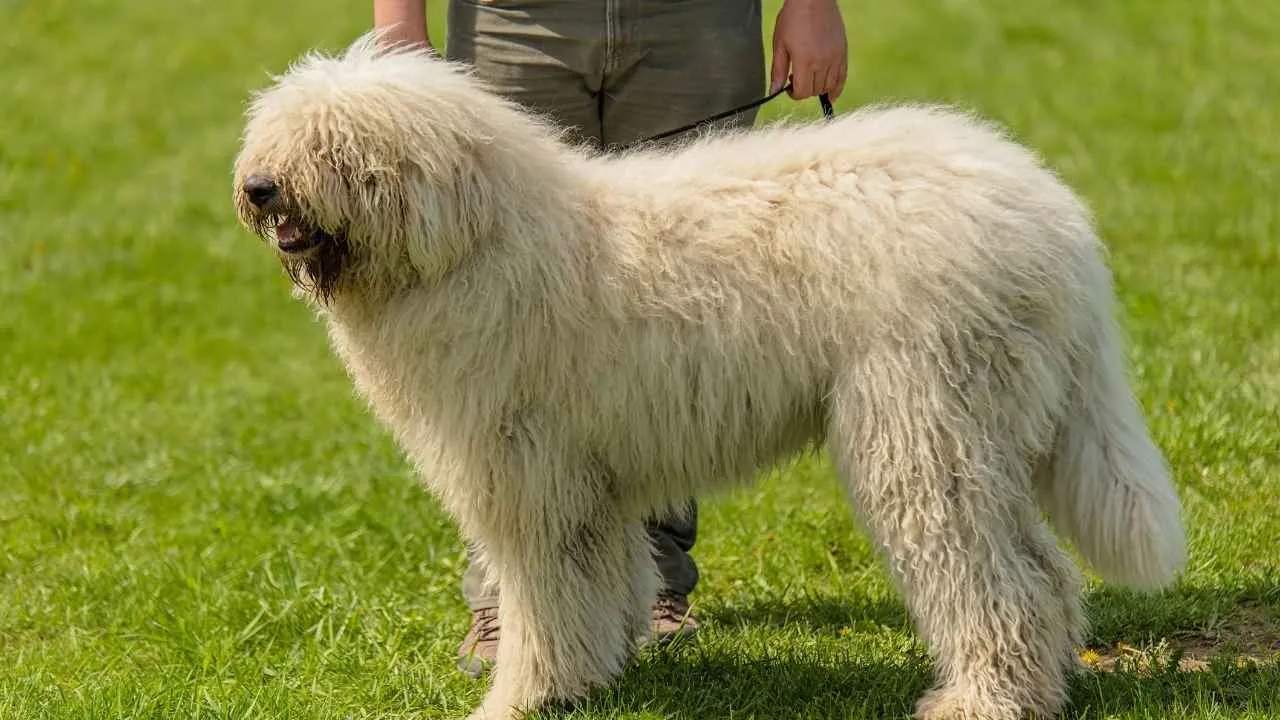
Also known as the Hungarian Sheepdog, the Komondor looks like a mop—but acts like a bouncer. Beneath that curtain of cords is a serious protector with a no-nonsense attitude.
That thick, rope-like coat isn’t just a visual. It’s armor. The cords also trap heat, fend off rain, and repel debris. But all that comes at a price: bathing and drying can take up to a full day.
They’re fiercely loyal. Not clingy, just committed. You don’t need to tell a Komondor what to do—it already knows. But without early training and exposure, they may become territorial or defensive.

Hard-Wired for Guard Duty
Their dense cords shield them from bites, making it harder for a hog or wild pig to land real damage.
Temperament & Traits
Independent thinkers: If you want a yes-man, look elsewhere.
Willing to kill to protect what they consider theirs.
Their instincts are ancient—there’s no “off switch” just because the fence is up.
Not ideal for first-time owners or people looking for easygoing friends
Living Needs
Apartment? Forget it. This breed needs room to move and space to patrol
High grooming commitment: keeping those cords clean and dry is no joke
Other Quirks
Make no mistake—they might look goofy, but these are tough dogs bred to endure and defend
Conclusion
These aren’t the kind of dogs you bring home just because they look cool. They’re not supposed to be soft or easy. They’re built for real threats—the kind that kill, not bark. Whether it’s feral hogs, boar or something worse, these tough dogs don’t back down. They move fast, hold ground, and won’t rest until the threat’s gone.
The truth is, breeds like these weren’t made to be pets first. They were made to fight what others run from. To grab the danger by instinct, to follow the scent, and to do the job, no matter how dangerous.


